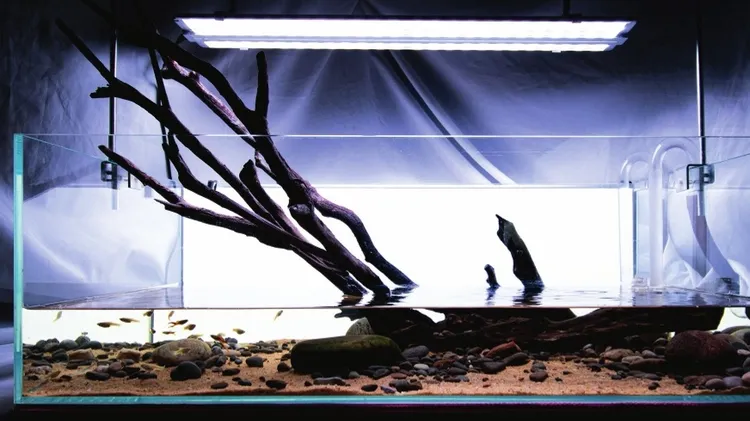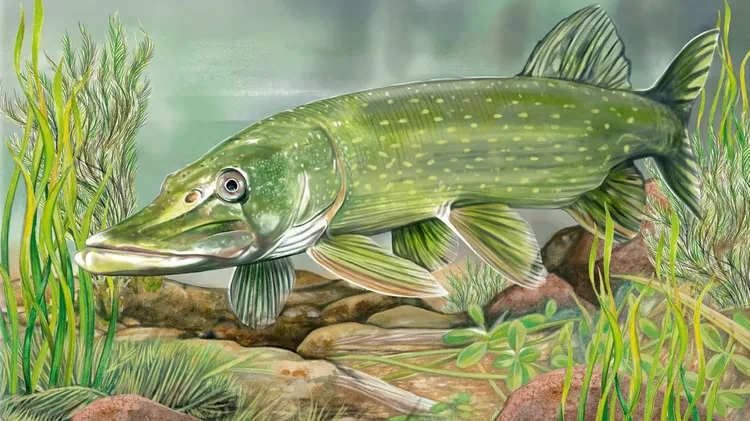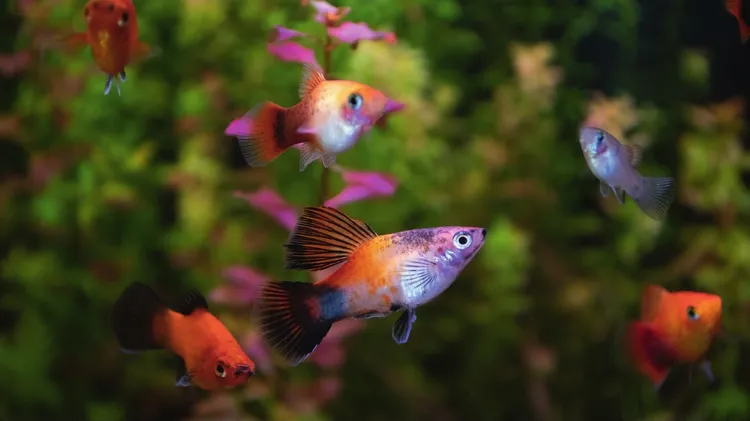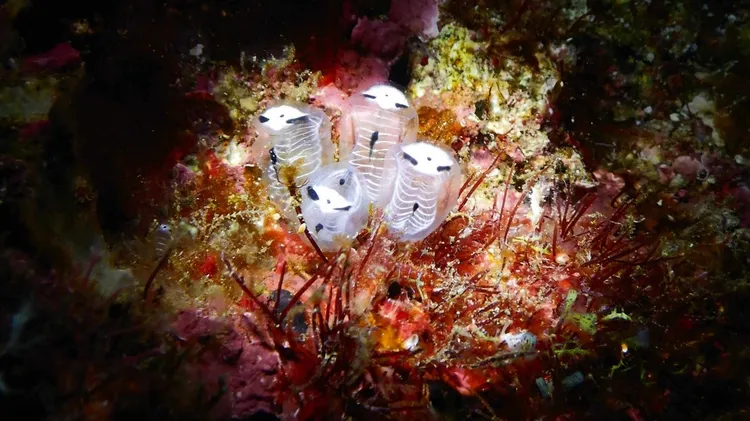Some of the commonly seen puffers might not be as user friendly as their charmin
Inflated egos
8 min read
This article is from...
Read this article and 8000+ more magazines and newspapers on Readly






